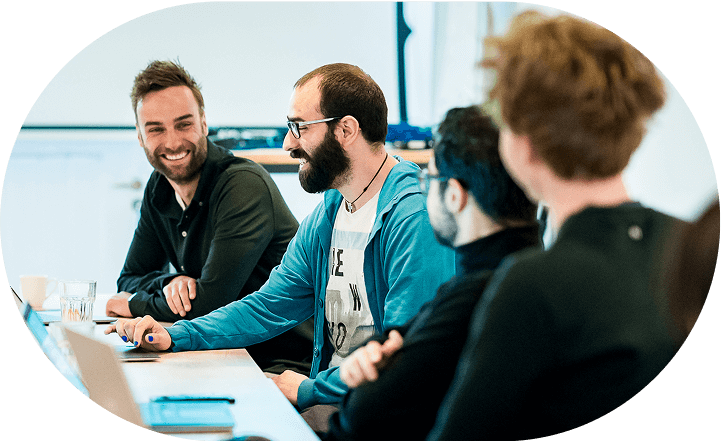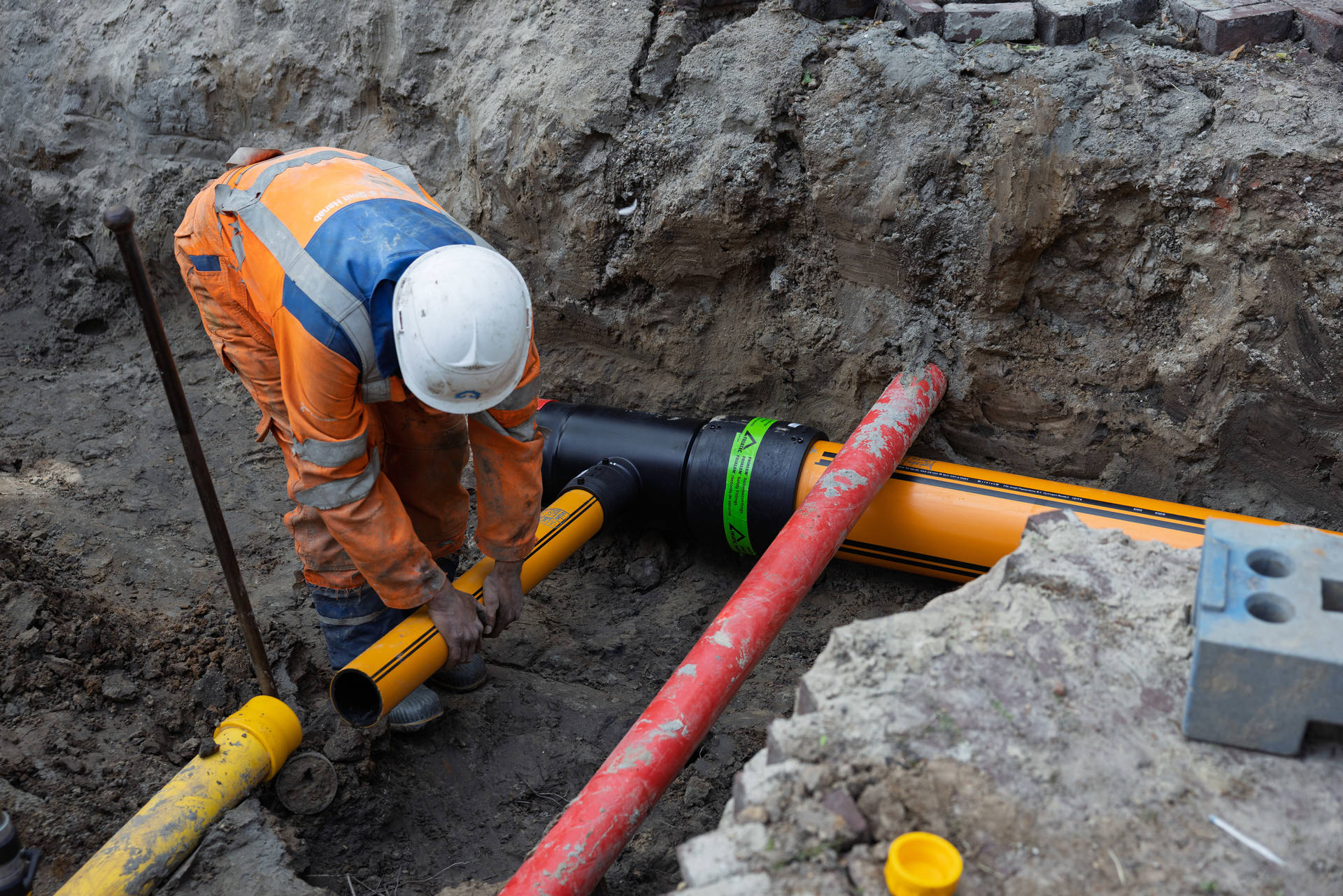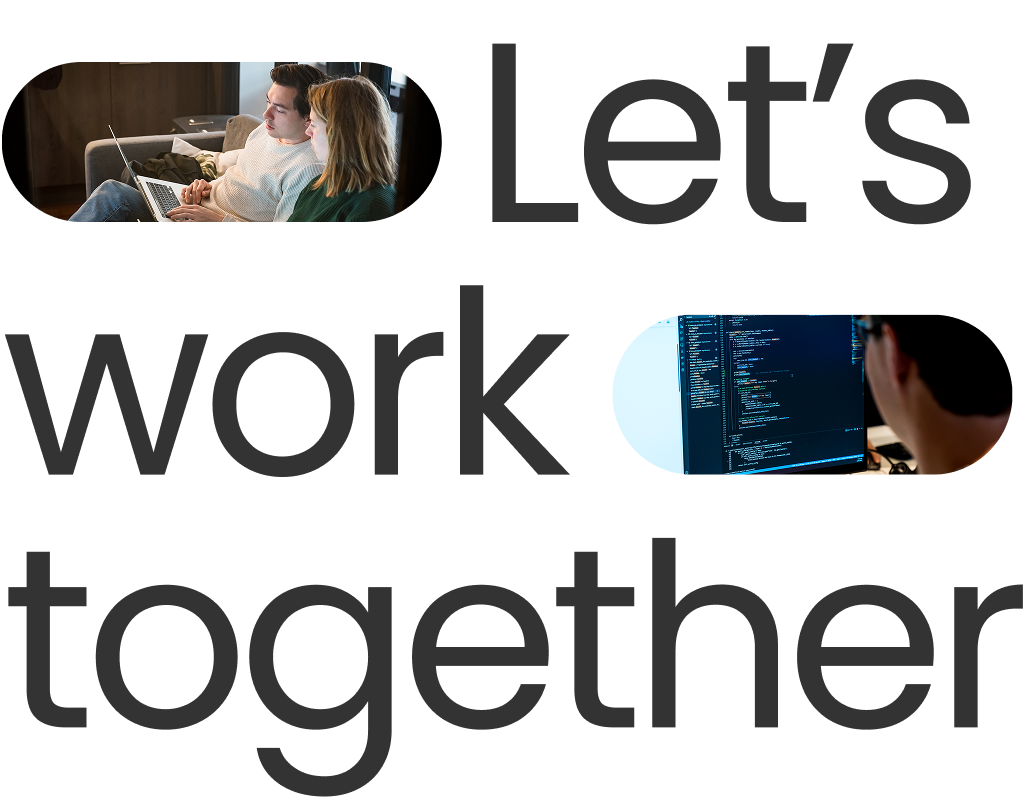A robust and scalable data ingestion system for The Ocean Cleanup
The Ocean Cleanup, a non-profit organization developing advanced technologies to rid the oceans of plastic, has partnered with Xomnia to build its data ingestion infrastructure. To do this, Xomnia built a scalable Azure-based data streaming platform, moving it from prototype to production in under three months.







